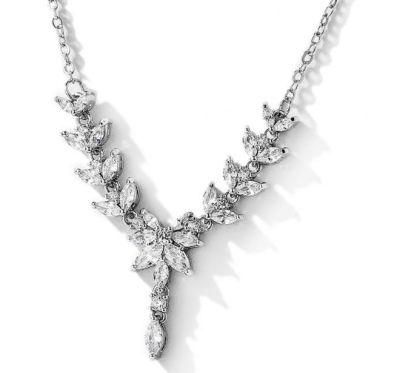
Wedding Pearl Necklace Jewelry Set, Bridal CZ Necklace Jewelry Set, Bridesmaid Jewelry Set
Yiwu Ba Yuan Jewelry Co., Ltd.- Material:Cubic Zirconia
- Plating:Platinum
- Pendant Shape:Round
- Suitable for:Female
- Style:Wedding
- Usage:Decoration, Wedding
Base Info
- Model NO.:N-45199
- Color:Silver
- Length:45cm
- Transport Package:Inner Carton, Outer Carton
- Specification:40*30*20
- Trademark:Ba Yuan Jewelry
- Origin:China
- HS Code:7117190000
- Production Capacity:1000
Description
Basic Info.
Model NO. N-45199 Color Silver Length 45cm Transport Package Inner Carton, Outer Carton Specification 40*30*20 Trademark Ba Yuan Jewelry Origin China HS Code 7117190000 Production Capacity 1000Product Description
Pear CZ necklace Jewelry set, Wedding necklace Jewelry set, bridal Jewelry set,Silver, gold,rose gold color for Jewelry
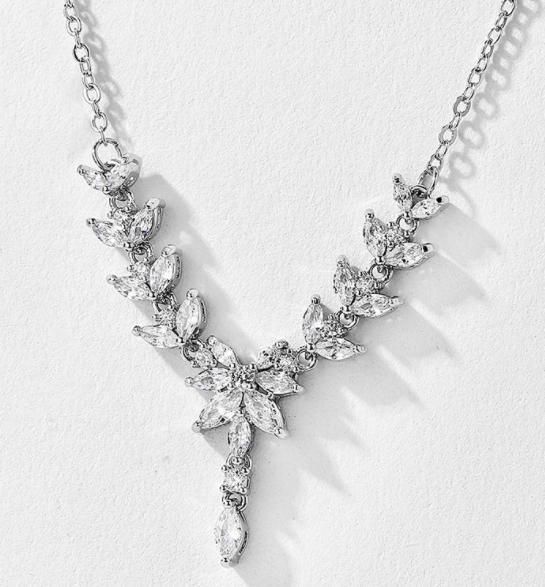
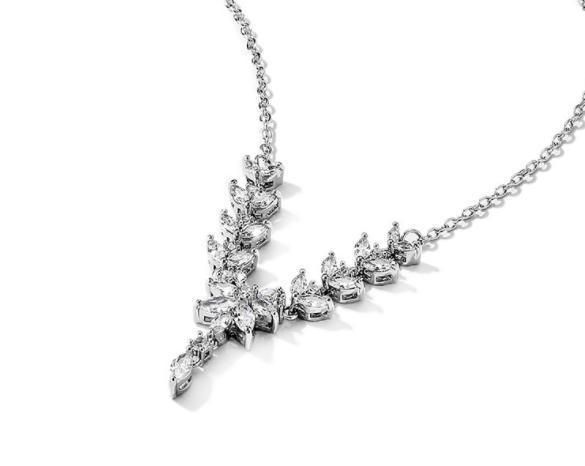
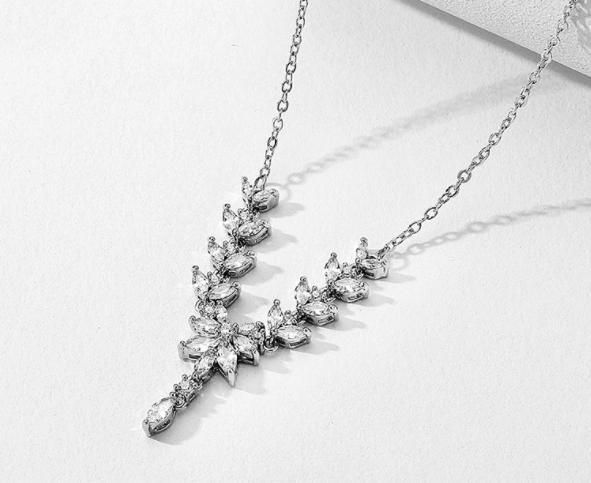
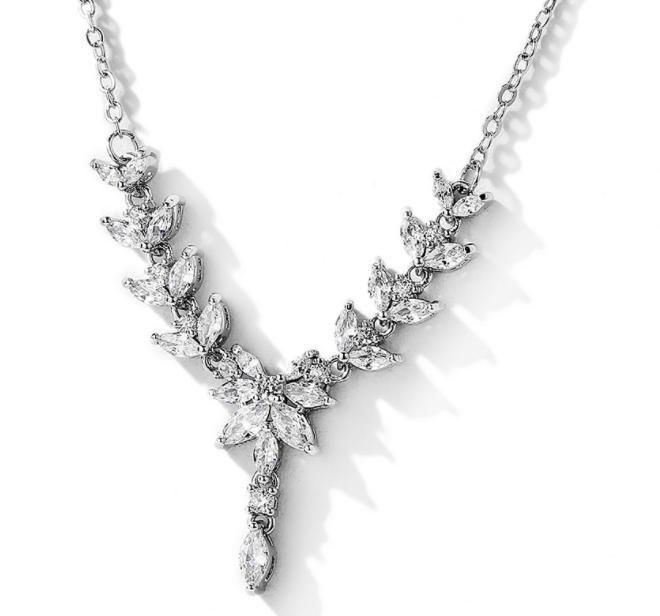
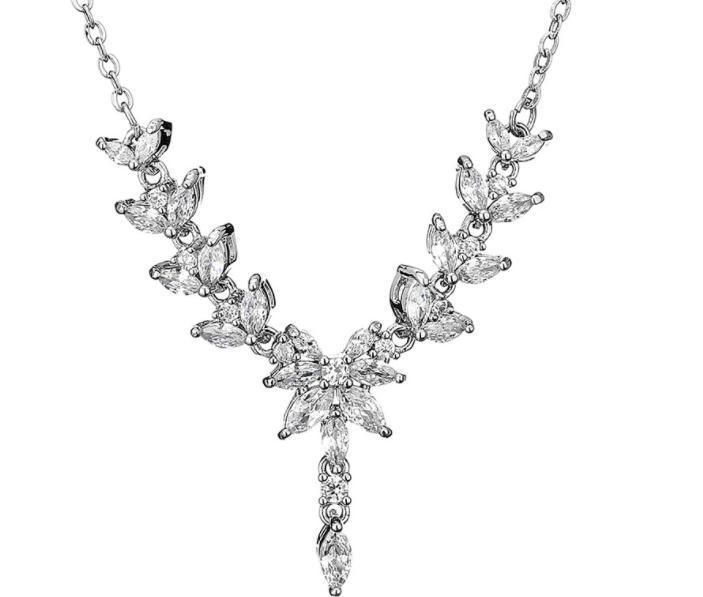
Cubic zirconia versus diamond:
There are a few key features of cubic zirconia which distinguish it from diamond:
One face of an uncut octahedral diamond, showing trigons (of positive and negative relief) formed by natural chemical etching
- Hardness: cubic zirconia has a rating of approximately 8 on Mohs hardness scale vs. a rating of 10 for diamond.[1]
- Specific gravity: the density of cubic zirconia is about 1.7 times that of diamond.
- Refractive index: cubic zirconia has a refractive index of 2.15-2.18, compared to a diamond's 2.42.
- Dispersion is very high at 0.058-0.066, exceeding a diamond's 0.044.
- Cut: cubic zirconia gemstones may be cut differently from diamonds. The facet edges can be rounded or "smooth".
- Color: only the rarest of diamonds are truly colorless, most having a tinge of yellow or brown to some extent. By comparison, a cubic zirconia is often entirely colorless: equivalent to a perfect "D" on diamond's color grading scale. Other desirable colors of cubic zirconia can be produced including near colorless, yellow, pink, purple, green, and even multicolored.
- Thermal conductivity: Cubic zirconia is a thermal insulator whereas diamond is a very good thermal conductor
Cubic zirconia (CZ) is the cubic crystalline form of zirconium dioxide (ZrO2). The synthesized material is hard, optically flawless and usually colorless, but may be made in a variety of different colors. It should not be confused with zircon, which is a zirconium silicate (ZrSiO4). It is sometimes erroneously called "cubic zirconium".
Because of its low cost, durability, and close visual likeness to diamond, synthetic cubic zirconia has remained the most gemologically and economically important competitor for diamonds since commercial production began in 1976. Its main competitor as a synthetic gemstone is a more recently cultivated material, synthetic moissanite
